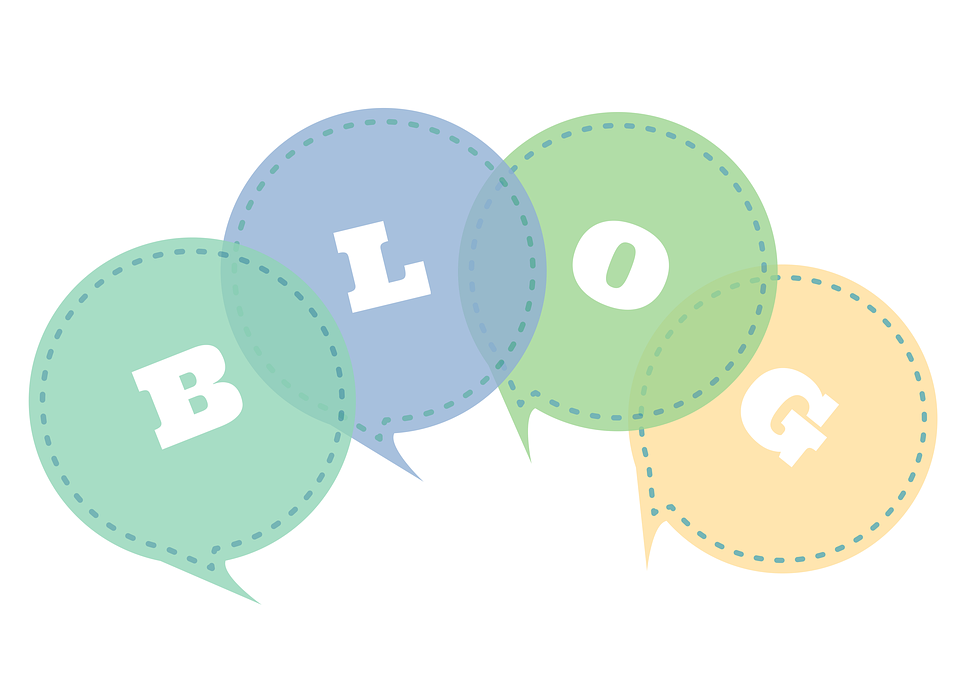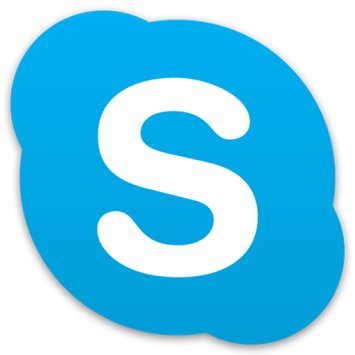This semester, Web Tools: Global Learning, has introduced me to many resources and perspectives I had not previously thought of using in a classroom setting. I have always been curious about the world around me as I believe it is important to be aware of different cultures and beliefs. However, I did not know it was possible to incorporate these lessons to the students. Here are different ways in which you can incorporate web tools and global learning lesson plans into your own classroom:
Blogging
By having students create a blog, they are not only expanding their own writing skills but also learning how to properly communicate on the internet with others. They will be more in-depth with their writing knowing they have an audience beyond just the teacher. This is a wonderful way for teachers to monitor student writing progress, as well as, have them keen in on new topics every week in order to stimulate their critical thinking. By having the students debate writing topics or research things they may have previously never thought of, they are teaching themselves both independence and global awareness without even realizing it.

FlipGrid
FlipGrid is an online resource in which students may record a video of themselves speaking. This can be used as a more engaging lesson than simply writing your opinion. Hearing the students answer questions or express their opinions through tone can allow teachers to get a grasp on their students understanding of the material while letting their personalities shine through. Using this tool can be especially helpful for those who may have learning disabilities, such as dyslexia, because they can get their point across without the frustration of reading and writing. The website may be found here: https://flipgrid.com/
Skype
There are so many classrooms worldwide filled with students that have perspectives other than our own. Why not connect with them to hear their understanding of certain topics? Skype allows you to connect to individuals throughout the world via face-to-face video. If lesson plans revolve around one particular area, it is now possible to transport into those classrooms and hear their opinio

ns. For example, after one American classroom read the biography “I Am Malala” they had a Skype call with a classroom in Pakistan to hear what they thought about Malala. They discovered their viewpoints of Malala being a hero was quite different than how the Pakistani students viewed her. This benefits both classrooms involved as they interact with a culture different than their own, hopefully embracing their acceptance of diversity.
This is a very popular app amongst teenagers for personal usage, however, it can be used for a professional manner in the classroom. The students can tweet about lessons, research articles pertaining to these events and connect with other students and educators. Twitter Moments also compile the information about a topic you found to be important, which can make it easy for an educator to monitor the students activity. The most helpful aspect this app can have in regard to both students and educators are Twitter Chats. These are planned interactions where any body may join to discuss a specific topic of each chat. By having the students engage in them, or even host them, they can hear new perspectives and learn how to professionally communicate with others.

Although commonly known only as a search engine for all of the information you may be interested about, Google has many other functions. Google Hangout is a resource like Skype where students may communicate with others allowing for easy accessibility for meetings or group projects. Google Slides allow them to make their own presentations which is extremely helpful during projects or lesson plans. Google Docs is a word document where students may type papers, individually or with others. This tool allows multiple individuals to be on a document at once so the educator may check the progress of their work while it is still in session. Google Classroom is a function in which the teacher may post the assignments for students to refer back to. These can include links to any outside sources being used and submission links. There are also resources less used in the classroom such as Google Maps, Google Calendar and Google Translate, which all may be extremely helpful in certain situations but are not as common. Here is the link to the website: www.google.com